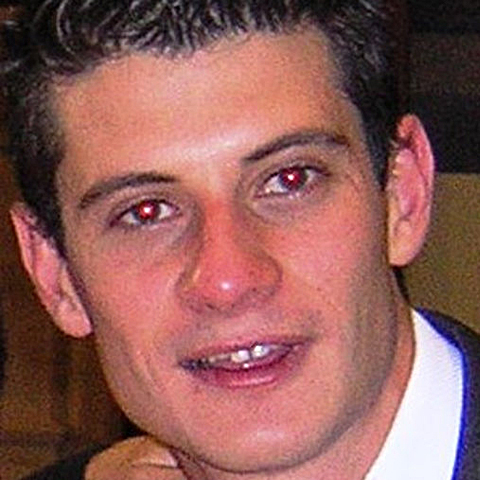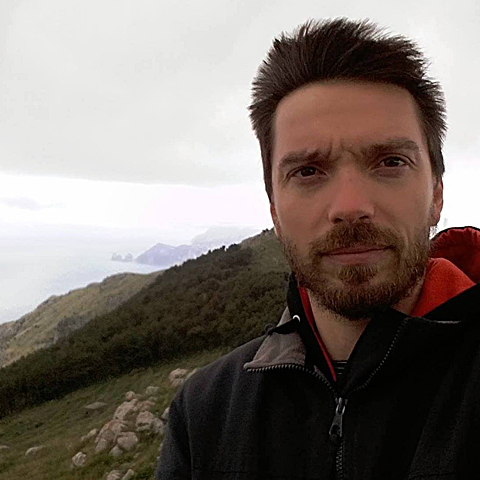L.N.F. - National Laboratory of Frascati
The team of the Frascati National Laboratory has a long tradition in the creation of innovative detectors and in the design and construction of accelerating machines capable of accelerating and colliding “elementary” particles.
The team of the Frascati National Laboratory has a long tradition in the development and construction of innovative detectors to “photograph” the events produced by the collision of very high energy particles and in the design and construction of accelerating machines that allow to accelerate and then subsequently collide with particles “elementary “.
Our experience in the field of particle detectors and accelerators are fundamental for the realization of future experiments in future accelerating machines with increasingly higher energies.
During your visit to the Frascati National Laboratory you will learn about the history of accelerators and you will be able to see and touch the first man-made particle accelerator that went into operation in 1961. This small machine, only 1.5 m in diameter, however, it has demonstrated to the whole scientific community the concrete possibility of accelerating particles and making them collide. From this extraordinary idea, ever larger and more powerful machines were built up to the conception of a machine with a diameter of 100 km.
You can visit our clean rooms, where the particle detectors are designed and built with great skill by our technicians and our experimental laboratories, where the detectors are studied in detail with particle sources such as X-rays and cosmic rays by expert researchers.
By clicking on the links below you can get more information about our work:
Development of innovative particle detectors
Construction of the particle accelerator in Frascati
FisicaMenti
INFN technologist
He dedicates himself with passion and determination to designing and building new, increasingly performing detectors that will be used in future experiments. He delves into new ideas and those that have been successful have also been patented. He also coordinate this dissemination project locally.


Manuela Boscolo
INFN technologist
Great experience in the design of accelerator machines. Responsible, also at the international level, of working groups for the construction of the largest and most powerful accelerator machine that man has ever built.
Danilo Domenici
INFN researcher
He is an experimental particle physicist. He has dealt with the mystery of the disappearance of antimatter and is currently looking for dark matter.
For many years he has been trying to make people understand how the universe works through an assiduous activity of science communication.

Stay Tuned
Other from WHAT NEXT? may interest you
Caduti nella rete (neurale)
Do you want to be part of our short film?
Are you curious about science? Do you want to discover the future of accelerator physics and its impact on society? Would you like to appear in a movie? Then all you have to do is apply in a few, very simple, steps!


